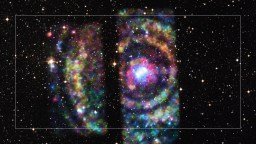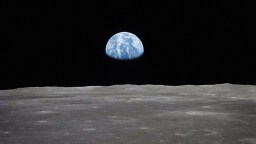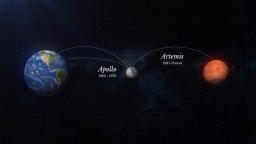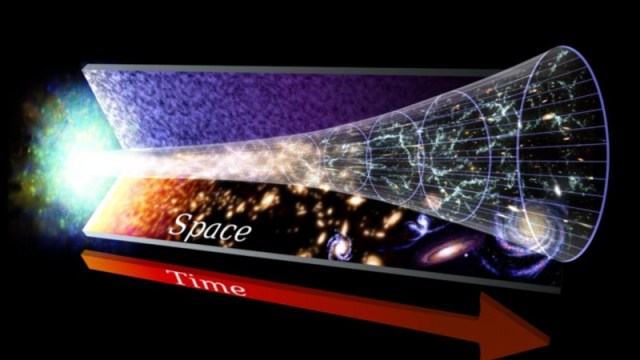‘Ring of fire’ solar eclipse will occur this weekend. Here’s how to watch.

NASA
- An annular eclipse is a type of solar eclipse where the edge of the Sun remains visible around the Moon.
- The June 21 annular eclipse will occur when the Moon is nearly at its apogee, the point in the lunar orbit when the Moon is farthest away from Earth.
- Only some countries will be able to see the eclipse in person, but several organizations plan to livestream the event.
The Moon will briefly block out most of the Sun this weekend, offering people in Asia and Africa a chance to see a “ring of fire” solar eclipse.
The phenomenon is known as an annular eclipse, which is a type of solar eclipse where the edge of the Sun remains visible. (The name derives from the Latin word annulus, which means “little ring.”) Annular eclipses occur about once a year, but the eclipse on June 21 will be particularly spectacular because it’ll occur when the Moon approaches its apogee, the point in the lunar cycle when the Moon is farthest away from Earth.
Because the Moon will be especially distant from Earth, it won’t obscure the whole Sun. Rather, the Moon will obscure roughly 99 percent of the star, allowing a “ring of fire” to appear, in what will be a near-total solar eclipse.
A Ring of Fire Sunrise Solar Eclipseyoutu.be
“Annular eclipses are similar to total eclipses in that the moon, Earth and sun are aligned so that the moon moves directly in front of the Sun as viewed from Earth,” Alex Young, associate director for science in the heliophysics science division at NASA’s Goddard Space Flight Center, told CNN.
“But a total eclipse does not happen, that is the moon does not completely block out the visible disk of the sun because the moon is farther away and so its apparent size in the sky is [slightly] smaller than the sun. This means that a tiny ring of annulus of the solar disk is visible around the moon.”

timeanddate.com
The annular eclipse may also provide views of the Sun’s chromosphere — a pinkish layer of burning hydrogen — and “Baily’s beads,” a visual effect of solar eclipses where streams of sunlight travel across the moon’s rugged topography. The eclipse will begin at 12:47 a.m. ET and will last several hours, but each specific location on Earth will only be able to see it, weather permitting, for about one minute.

The eclipse will only be visible for some parts of Earth, including parts of Central and East Africa, the southern Arabian Peninsula, Oman, Saudia Arabia, Pakistan, Northern India, and South Central China. You won’t be able to see the eclipse in person if you live in the Americas, but everyone can livestream it on Facebook, Twitter or YouTube. For more information on the eclipse’s path and time of visibility, check out timeanddate.com.
In 2021, another “ring of fire” eclipse will occur on June 10, and it’ll be visible at sunrise from northern Ontario and northern Quebec.





